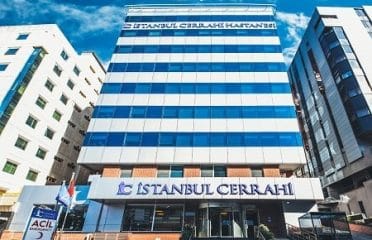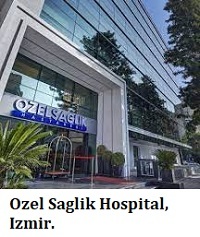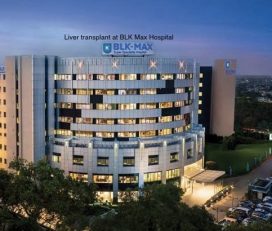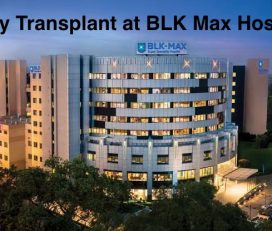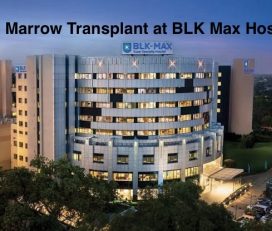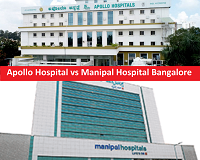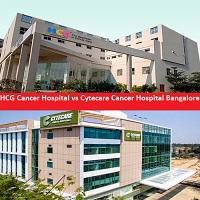
Peripheral Angioplasty Surgery in Turkey
Peripheral artery disease is a common circulatory problem where narrowed arteries reduce blood flow to the lower extremities (legs). If a person develops peripheral artery disease (PAD), the extremities — generally the legs — don’t get enough blood flow to meet the needs of the body. This causes symptoms when walking, most notably leg pain (intermittent claudication).
Peripheral angioplasty is minimally invasive procedure. This operations are carried out under local anesthesia, in a laboratory for cardiovascular catheterization. To make the procedure as comfortable as possible, an IV (intravenous line) into the arm or hand will provide medication. In the upper thigh (groin) is inserted a catheter into a blood vessel. The catheter is directed through to the peripheral artery that is being treated using high-resolution fluoroscopic (X-ray) camera and film equipment. The balloon is inflated until the catheter is in place and the narrowed peripheral artery is spread out open.
The fatty plaque or blockage is pressed against the walls of the peripheral artery enlarging the peripheral artery diameter. After the peripheral artery’s blocked area has been widened the balloon is deflated and removed. It increases blood flowing through the peripheral artery, supplying blood to the heart.
Most people recover from angioplasty and return to work about one week after being sent home






